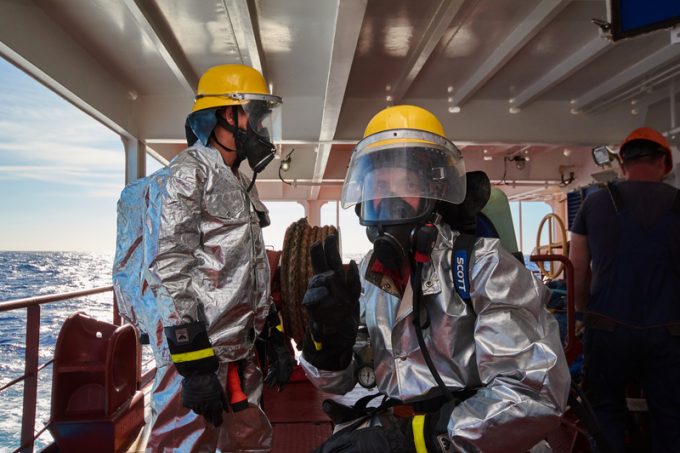Maersk Frankfurt heads for open water as container fire subsides
Maersk Frankfurt, the newbuild box ship that suffered a possible electrical fault and subsequent container ...

Two new initiatives show how the box shipping industry is now working together to tackle a major safety issue for ships and crews.
Fires onboard containerships continue to make the headlines, with costly and sometimes tragic consequences. Indeed, so bad has the problem become that carriers and forwarders have warned shippers of the potential consequences of hazardous or dangerous cargo being mis-declared.
Dangerous goods, particularly when not properly identified or accounted for, present a risk to the safety of the ship and, ...
Amazon pushes into LTL for small package fulfilment and UPS does a u-turn
New senior management for DSV as it readies for DB Schenker takeover
Volumes set to 'fall off a cliff' as US firms hit the brakes on sourcing and bookings
Asian exporters scramble for ships and boxes to beat 90-day tariff pause
Temporary tariff relief brings on early transpacific peak season
'Tariff madness' will prompt renegotiation of ocean shipping contracts
Forwarders 'allowing the fox into the chicken run' by supporting 'hungry' carriers
Response to tariffs by Chinese importers may see extra costs for US shippers

Comment on this article